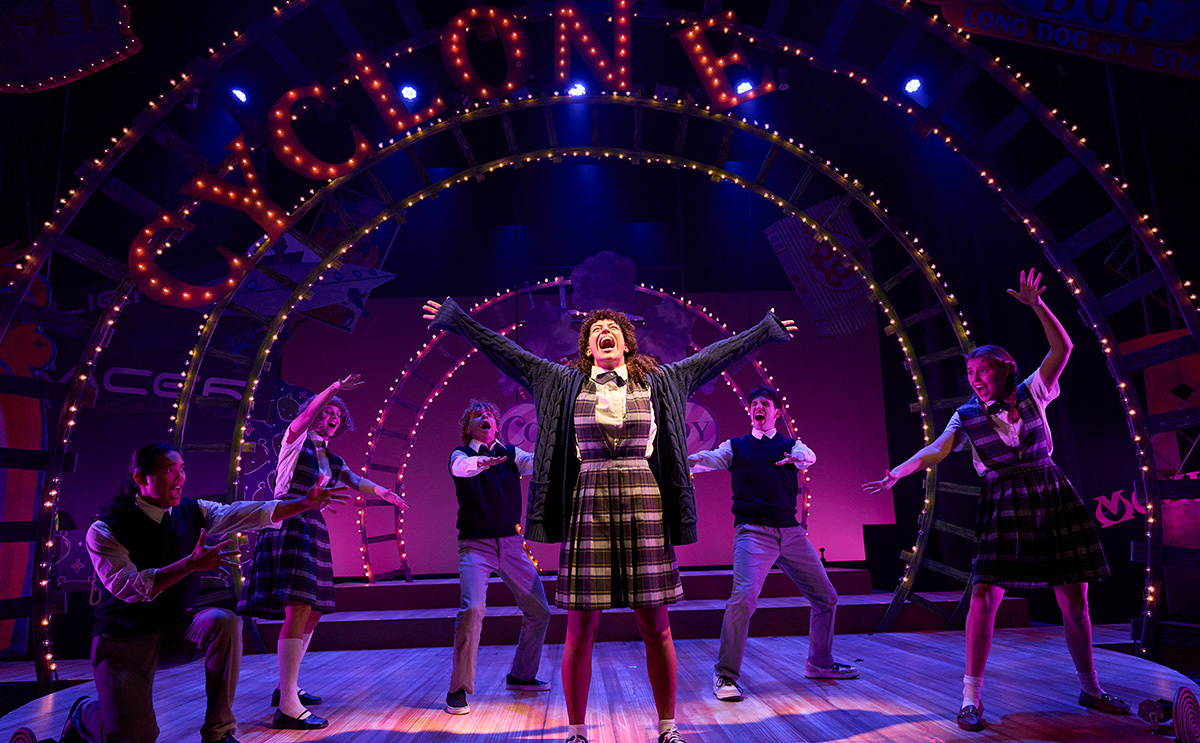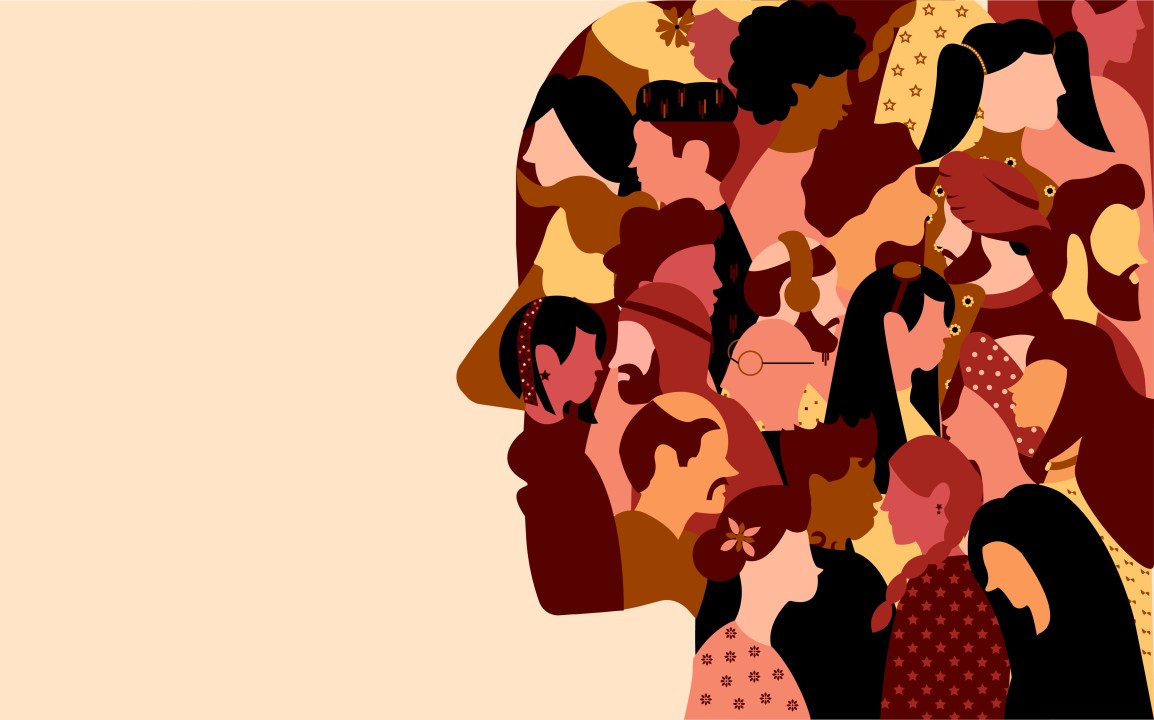Balancing Act: Historical Integrity in Modern Filmmaking
Maintaining fidelity to historical events while crafting compelling tales is a core challenge for contemporary filmmakers. It's not just about presenting facts; it's about weaving these facts into narratives that resonate with audiences while staying true to the events' essence.
1. Diverse Perspectives and Counter-Archives
Filmmakers often strive to challenge mainstream narratives by incorporating grassroots footage and independent archives. This approach, particularly effective in depicting conflicts or contentious historical events, gives voice to marginalized perspectives often missing from official records. Balancing factual integrity with the ethical representation of diverse voices requires filmmakers to navigate limited resources and often tense environments. The goal is to ensure that these 'counter-archives' inform the narrative in a way that is both accurate and compelling, allowing audiences to see events from multiple viewpoints.
2. Preservation and Restoration Efforts
Engaging with historical films involves painstaking efforts in preservation and restoration. Projects aimed at digitizing past works, especially those by underrepresented groups, are critical for maintaining the historical integrity of the media. Such efforts provide modern audiences access to authentic records, preserving the original context while ensuring that the legacy of these works remains intact. Understanding the film's initial cultural backdrop is crucial, ensuring the restored versions maintain their intended message and provide an unaltered view of history.
3. Ethical Storytelling and Accuracy
Ethical storytelling requires a delicate balance between the filmmaker's creative expression and factual accuracy. Industry leadership increasingly emphasizes the necessity of adhering to these principles, offering support to filmmakers aiming to document contemporary and historical events responsibly. Guidelines and workshops are provided to help navigate these complexities, ensuring that stories are told with the highest ethical standards possible, ultimately engaging audiences in a way that respects historical truths.
From Realism to Narrative: Ethical Challenges in Modern Documentaries
Documentary filmmaking is an intricate dance between depicting reality and crafting engaging stories. This dual focus often leads to ethical dilemmas as filmmakers seek to captivate audiences without compromising truth.
1. Power of Interpretation
Every documentary inherently carries the filmmaker's perspective, from the choices of footage to the narrative arc. This influence is significant and shapes how audiences perceive the story. Responsible filmmaking involves transparency and awareness of personal biases, with filmmakers needing to ensure that their interpretations do not overshadow the factual basis of their work. Striking a balance is essential to maintain the documentary's credibility and foster informed viewership.
2. Informed Consent and Privacy
The ethical presentation of real stories demands careful attention to consent and privacy. Subjects must comprehend the implications of their participation and retain the right to opt out. Protecting vulnerable individuals, especially concerning sensitive topics, is paramount. Filmmakers need to approach such subjects with sensitivity and respect, as mishandling can cause harm to individuals and communities featured in the film.
3. Reenactments and Manipulations
Reenactments and other creative methods can enhance storytelling but risk blurring reality and fiction. Transparency about these techniques is crucial to maintain viewer trust. While they can bring history to life or illustrate complex concepts, the challenge lies in not misleading audiences about what is factual recollection and what is artistic interpretation. Ethical filmmaking requires clear communication about these elements to preserve the documentary's integrity.
Blurring Lines: The Ethical Dilemmas of AI in Documentary Storytelling
As Artificial Intelligence becomes more integrated into filmmaking, it raises profound questions about the authenticity and integrity of documentary narratives. The exploration of AI's role in this medium is both promising and challenging.
1. Deepfakes and Authenticity
AI's ability to create hyper-realistic yet fictional content stands at the forefront of ethical concerns. Deepfakes, while innovative, present a significant threat in terms of spreading false information. Filmmakers must remain vigilant in verifying sources and clearly demarcating AI-generated content, ensuring it does not deceive audiences or compromise the documentary's integrity.
2. AI-Powered Editing and Manipulation
AI tools that assist with editing, scoring, or color correction offer efficiency but pose questions about creative authorship. While these technologies streamline the production process, relying on them excessively could undermine traditional creative roles. Thus, the filmmakers must deliberate whether extensive AI use compromises their narrative vision or enhances it thoughtfully, maintaining a clear line between human creativity and machine assistance.
3. Algorithmic Bias
AI systems can inadvertently perpetuate existing biases, heavily influencing how stories are told and who they represent. This remains a critical area of concern, as biased data sets lead to skewed outputs in documentaries. Filmmakers must carefully select and rectify data inputs to ensure accurate and fair representation, striving to address these biases actively.
AI in Documentary Production: An Analytical Insight
Integrating AI into film production has generated innovative techniques while presenting several ethical considerations. The following table provides insights into this dynamic aspect of modern documentary-making.
Interview Innovations: Tactics That Transform Stories
Innovators in documentary storytelling continuously push the boundaries through creative interview strategies. These methods breathe new life into the traditional documentary format, creating a deeper connection between stories and audiences.
1. Beyond the Talking Head
Breaking away from static, traditional interview formats, modern filmmakers employ dynamic visuals, animations, and complementary dramatizations. These elements inject energy and engagement into documentaries, allowing viewers to connect more deeply with the narratives. By visually illustrating concepts, filmmakers enhance their storytelling, making complex subjects more accessible and absorbing.
2. Unconventional Settings
The interview environment plays a critical role in narrative depth. By choosing locations significant to their subjects, filmmakers create more intimate and authentic experiences. Such settings often lend themselves to revealing conversations and insights, as subjects feel more comfortable and connected to their environment, contributing to the documentary's emotional resonance and authenticity.
3. Creative Visual Elements
Incorporating archival footage, photographs, and even AI-generated imagery, filmmakers add depth and context to interviews. These creative visuals not only illustrate the narrative but enrich the viewer's understanding by providing historical or thematic insights. This layered storytelling approach captivates audiences, making documentaries both informative and visually compelling.
Integrity and Compassion in Storytelling
Effective documentary filmmaking is grounded in integrity and empathy. These principles ensure that films resonate authentically with audiences while respecting the dignity and perspectives of those portrayed.
1. Diverse Narratives
Amplifying underrepresented voices is essential for authentic storytelling. Documentarians actively seek to include diverse narratives, striving for equity in storytelling. This involves attentive listening and collaboration with subjects, ensuring their stories are told respectfully and accurately. It also involves providing platforms for stories that challenge stereotypes and offer fresh perspectives, enriching the documentary landscape.
2. Solutions-Focused Storytelling
Focusing on stories that highlight solutions and initiatives fosters a sense of hope and inspires action. Documentaries that spotlight successful innovations or communal efforts motivate audiences to engage with meaningful change. These stories showcase real-world impacts and encourage viewers to adopt proactive approaches in addressing societal, environmental, or political issues.
3. Mental Health and Support Systems
Recognizing the emotional demands of documenting challenging topics, filmmakers prioritize mental health resources and support networks. By fostering collaborative environments, they ensure that the creative process remains sustainable and sensitive to the filmmakers' well-being. This approach not only supports the individuals involved but also enhances the quality and depth of the documentaries they produce.
In documenting reality through narrative artistry, filmmakers continue to challenge ethical boundaries and push creative limits. Through thoughtful integration of technology and conscientious storytelling, documentaries today captivate and inform like never before.
Q&A
-
What is the significance of realism versus narrative in documentary filmmaking?
Realism in documentary filmmaking emphasizes capturing events as they occur naturally, often with minimal intervention, to present an authentic portrayal of reality. In contrast, narrative elements can be used to structure a documentary in a compelling way, guiding the audience through a story with a clear beginning, middle, and end. Balancing realism with narrative techniques helps filmmakers engage viewers while maintaining the integrity of the events depicted.
-
How can ethical portrayal impact a documentary's credibility?
Ethical portrayal involves presenting subjects and events in a truthful and respectful manner. Misrepresentation or manipulation of facts can damage a documentary's credibility and the trust of its audience. Ethical considerations ensure that the subjects' dignity is maintained and that the documentary does not exploit or harm those involved. Filmmakers must navigate these ethical challenges to maintain the documentary's integrity and respect for its subjects.
-
Why is visual evidence crucial in maintaining historical accuracy in documentaries?
Visual evidence, such as archival footage, photographs, and primary source materials, plays a critical role in establishing the historical accuracy of a documentary. It provides concrete proof that supports the narrative and helps viewers understand the context and significance of the events depicted. Utilizing reliable visual evidence enhances the documentary's authenticity and educates the audience with factual information.
-
What are effective interview methods in documentary filmmaking?
Effective interview methods involve careful planning and sensitivity to the subject's perspective. Filmmakers should create a comfortable environment to encourage openness and honesty, ask open-ended questions to elicit detailed responses, and actively listen to adapt the interview as needed. Building rapport with interviewees can lead to more genuine and insightful contributions, enriching the documentary's narrative.
-
How does editing influence the truthfulness of a documentary?
Editing is a powerful tool that shapes the final narrative of a documentary. While it allows filmmakers to craft a cohesive and engaging story, editing can also influence the perception of truth by emphasizing certain aspects over others. Ethical editing involves accurately representing the events and maintaining the integrity of the subjects' statements. Filmmakers must be mindful of how their editing choices impact the documentary's overall message and truthfulness.








